Water and moisture wreak havoc on homes, affecting function, durability and our health. Given that kitchens and bathrooms are the main source of humidity, we need to put extra thought into designing these rooms so they consume less, last longer, and help us maintain healthier homes. Durable water resistant surfaces will prevent damage and prevent mold spores from forming and affecting indoor air quality.
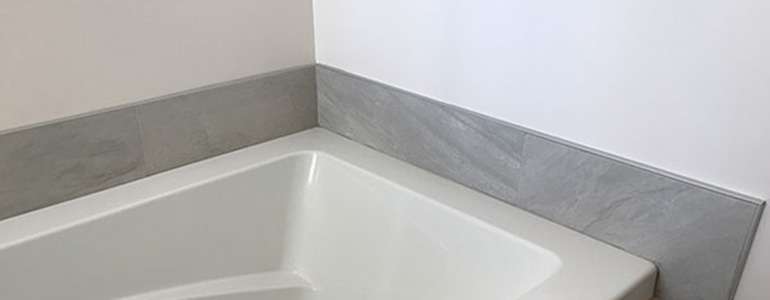
- Melamine, typically on particle board, can be high in VOCs and formaldehyde. And even though it's a common kitchen and bathroom building material, it's quite susceptible to heat and moisture damage. Look into plywood cabinets for improved durability and better air quality.
- To avoid water damage, be sure splash areas are finished with moisture resistant materials and properly caulked. This should include caulking joints in cabinets around water (sink units for instance). Low VOC brands of caulking are available.
- Kitchen Counter Options for Sustainable Green Homes would be those that are resistant to heat, moisture and cuts from knives.
- Moisture damage from improperly vented kitchens and bathrooms can lead to rot and mold, affecting air quality and forcing costly repairs. Venting kitchen fumes to the exterior will also reduce the amount of time spent cleaning, which few will complain about. In older homes it is worth a check to make sure bathroom and kitchen fans aren't vented into the attic.
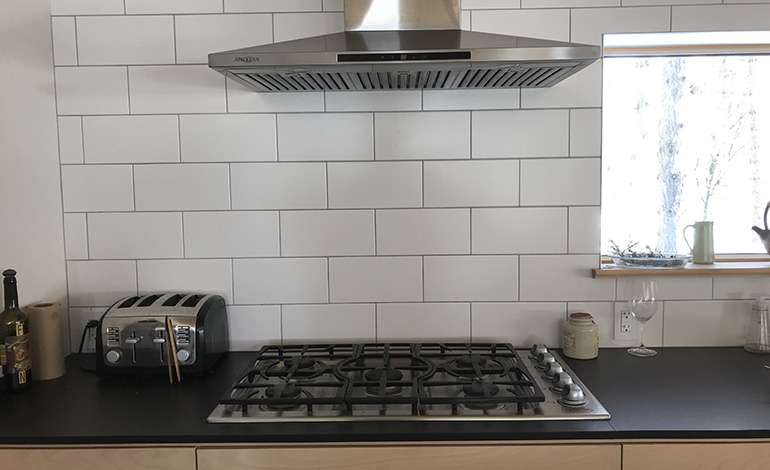
Home ventilation and contaminant removal:
- Ensure proper ventilation of both kitchens and bathrooms to remove moisture, and that means venting to the outside. Stove hoods that are filtered and vented back into your house really don't do much except remove a certain amount of odour until they are clogged.
- Bathroom fans are best hooked up to your air exchanger. With the amount of moisture generated this is as good an exhaust intake location as you will find.
- Kitchen fans should be vented directly outside, and the shorter the run the better. Don't send it through your air exchanger, that's an expensive machine with small air channels that won't last long if filled with kitchen grease.
- Dryers need to be vented directly outdoors as well. Don't be tempted to keep the heat by venting directly into your basement. Humid air requires a lot more energy to heat, so despite how it might appear, you really won't save energy.
Water efficient fixtures:
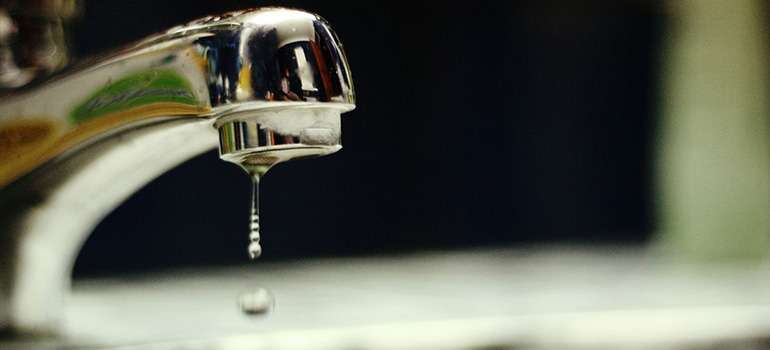
By using approximately 350 litres of water per person, per day, in a world where a billion people survive on 5 litres per day, Canadians have earned the dubious distinction of being the highest per capita consumers of water on the planet. For that reason, the fixtures and appliances you choose can have enormous impact on your consumption, as well as your utility bills.
- Older toilets use up to 13 LPF (litres per flush). A dual flush toilet can use as little as 3 LPF. At around 5 flushes per day, you can save between 15,000 and 20,000 litres of water annually, and dual flush toilets don't cost more. So there are really only savings to be had.
- Standard showerheads use 14 LPM (litres per minute). Low flow showerheads use as little as 6 LPM, and you will still come out squeaky clean.
- Be sure you have efficient taps. If not, install aerators on them to reduce flow, at no loss of function.
Energy star appliances:
- Energy Star appliances such as washing machines will not be the cheapest to purchase, but at 35% to 50% greater efficiency, they will definitely be the cheapest to operate. Depending on use, you could make up that added cost several times over with lower bills. As a great way of saving money on bills, if you have an Energy Star washing machine or not, choose low temperature laundry detergent and use cold water for washing laundry - to save lots of money on hot water and still get laundry clean.
- Energy Star dishwashers will save you money and energy as well. Modern dishwashers don't require pre-rinsing, simply scrape off excess food and they will do the rest. Keep in mind that despite what you might hear from manufacturers, it has been proven that as long as you don't leave water running, washing dishes by hand uses less water and energy.
- Refrigerators and freezers run almost continuously, so it's very important that they are efficient (Energy Star) and are operated efficientlyas well. They run best with room left for airflow around the sides and back, but also when they are nicely filled, as your food acts as thermal mass by holding the cold. If you don't have enough food to fill your freezer, sticking some jugs of water in it will actually reduce the energy consumption.
- Try to keep freezers away from hot water heaters, furnaces, and any other heat source so they don't work harder for no reason.
Efficient cooking tips:
Stoves are a major consumer of home energy. Here are some ways to reduce their consumption:
- Crock pots and steamers use less energy than stove top cooking.
- Putting lids on pots reduces home humidity and allows you to cook at lower temperatures.
- Pressure cookers are the most efficient stovetop vessel and they release virtually no humidity while cooking.
- Ovens use about 6 times the energy of toaster ovens. Keep that in mind for smaller items.
- An oven will stay warm for some time so shut it off a bit early and save some energy.
- Electric kettles are the most efficient way to boil water.
- Use heat from your stove anyway you can. For example, you can preheat items on the top by using the small rear oven vent element.
- Convection ovens are quite a bit more expensive, but they significantly reduce cooking times and energy consumption. A convection oven is simply an oven with a fan, and air circulation significantly increases the rate of heat transfer.
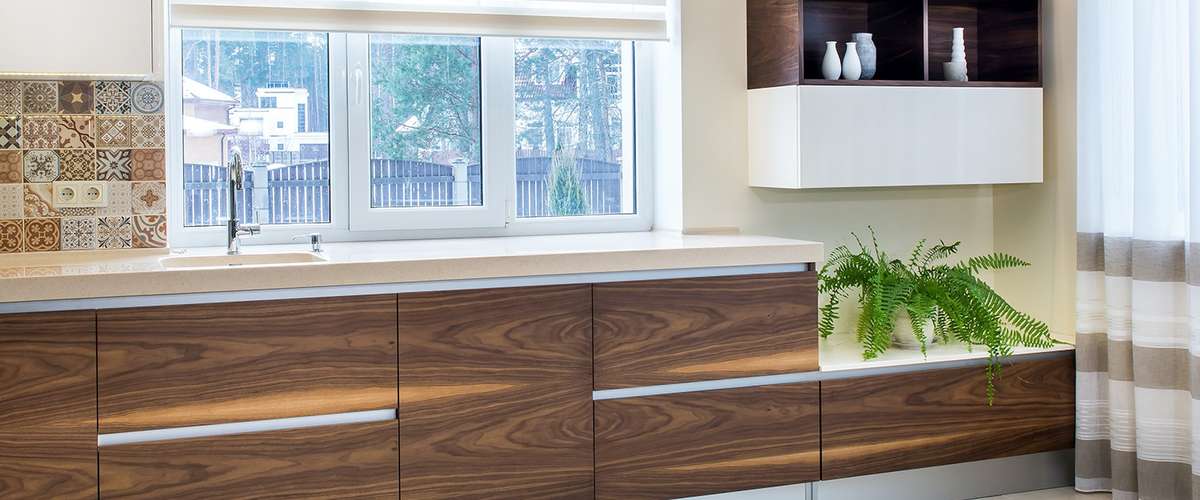














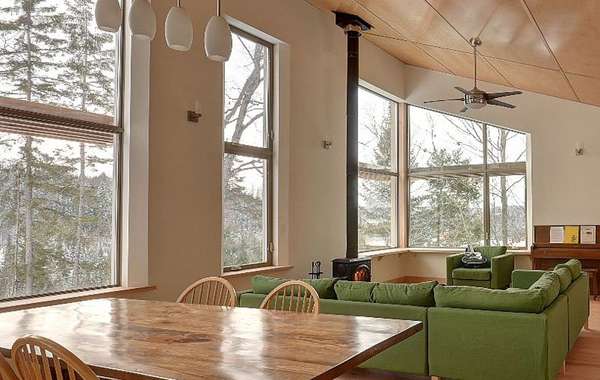
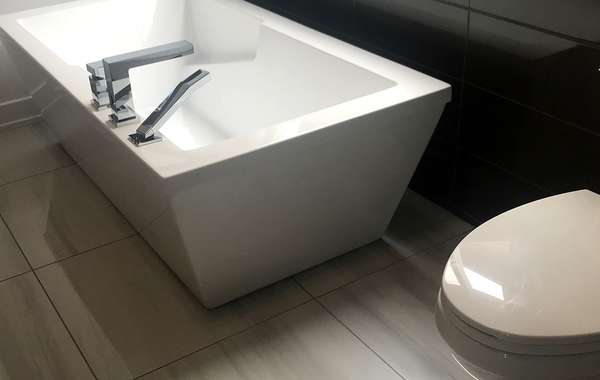
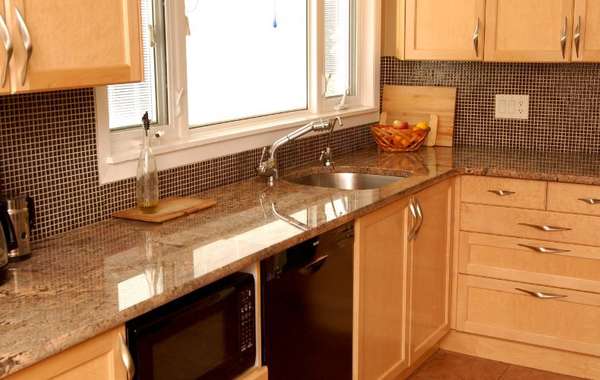
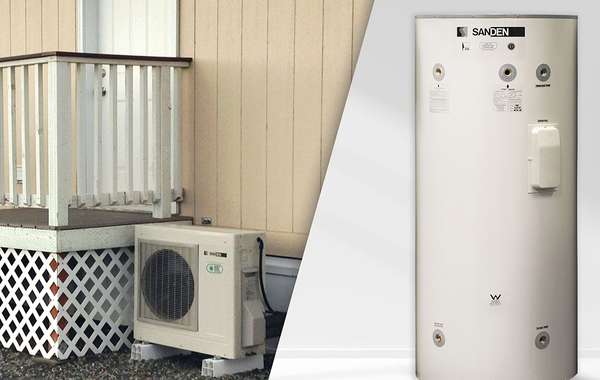
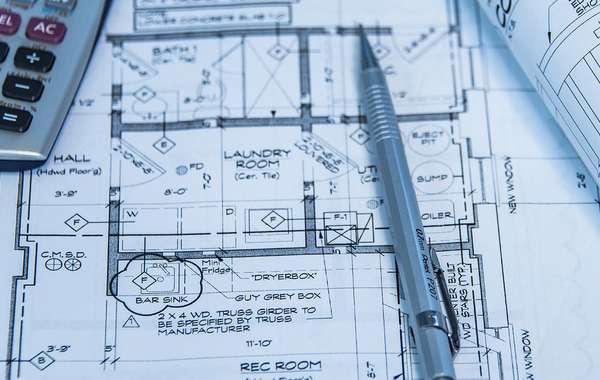
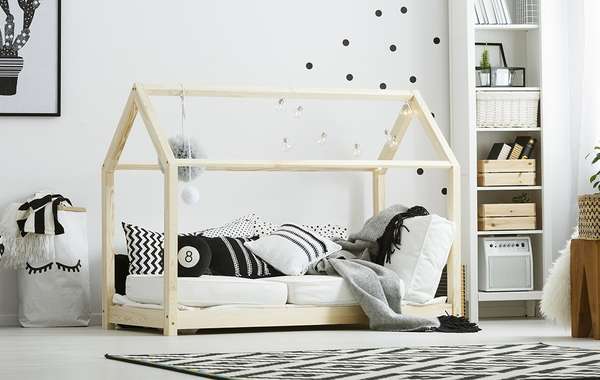
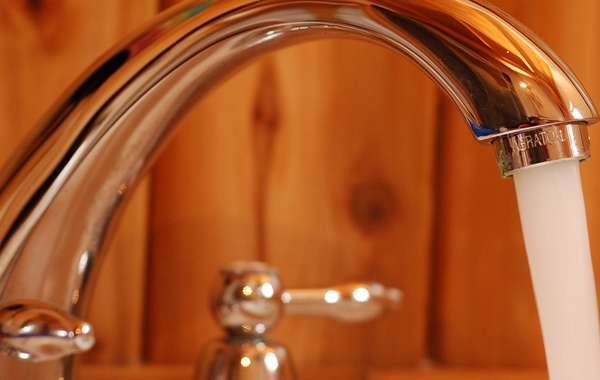
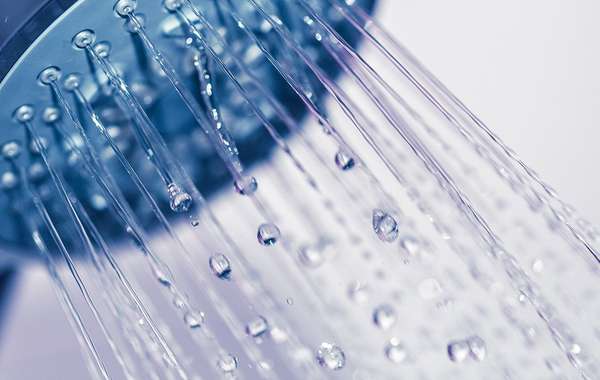
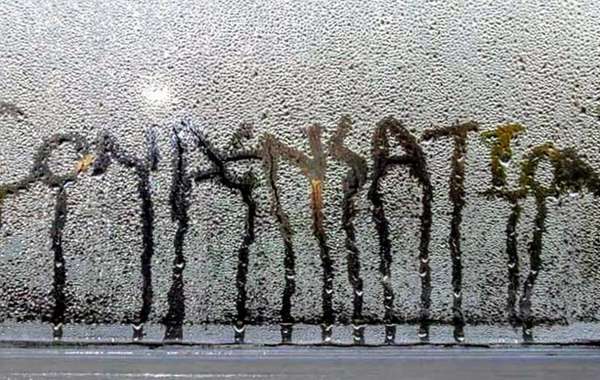
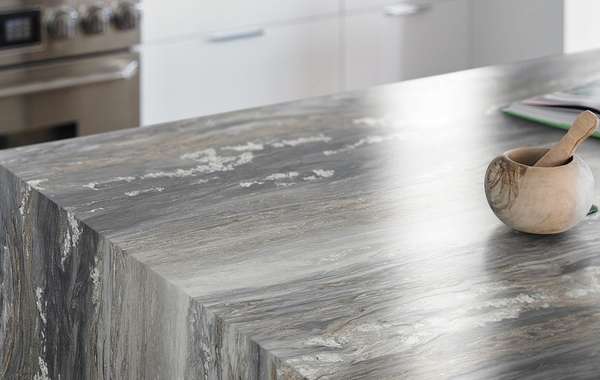
Thank you for writing on this topic. For choosing kitchen counters, are you guys dead set against Laminate? I'd like a durable counter but I don't have a huge budget to spend. thanks in advance for any tips!
Hi Jimmy,
There are lots of alternative counters to laminate to choose from, but you are right, laminates are by far the cheapest for a commercially available option. Some laminates are better than others, check here on our page Are Laminate Countertops Good as Green Counter Choices? Hope that helps!